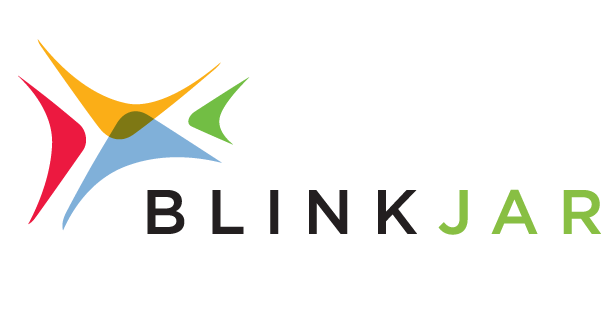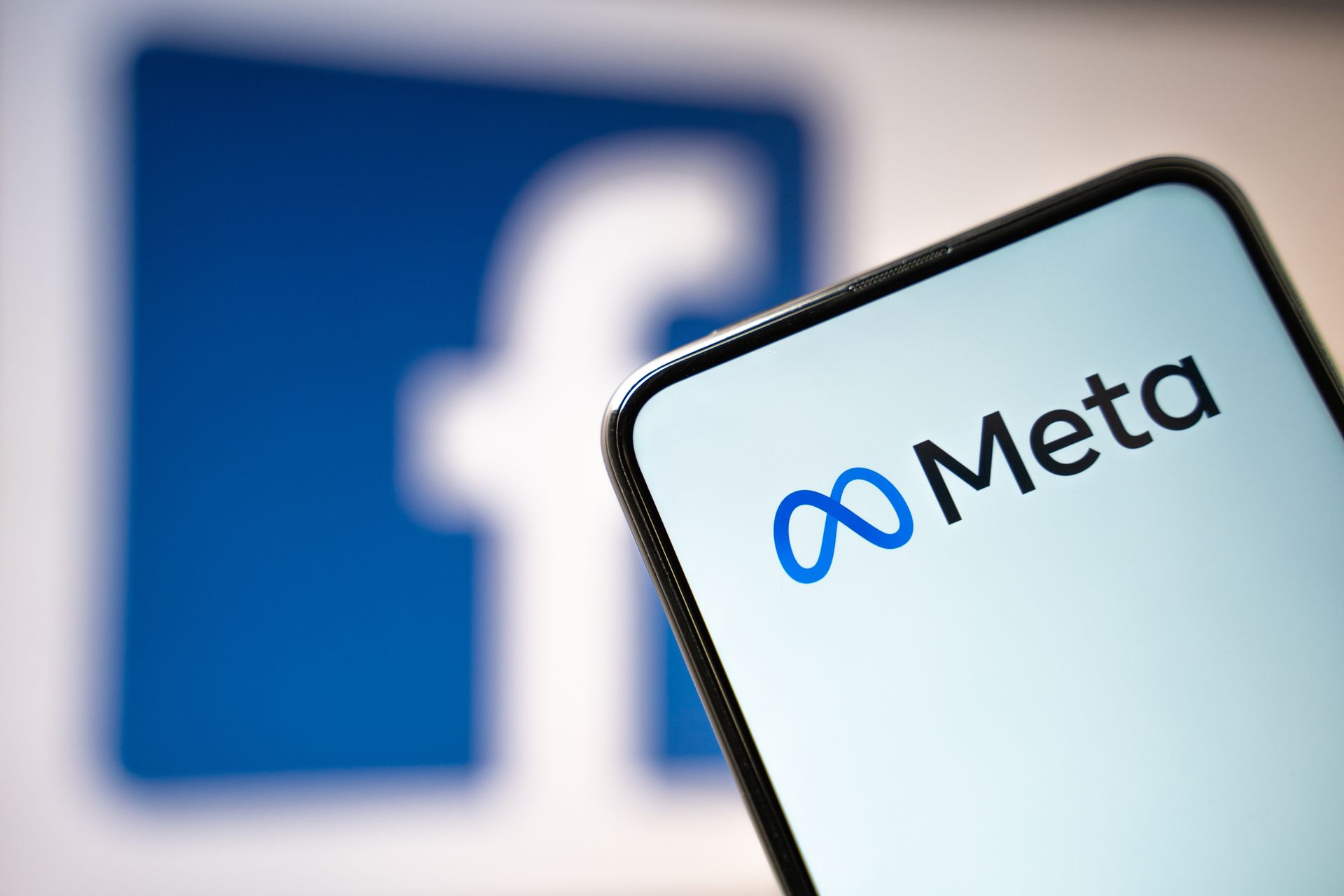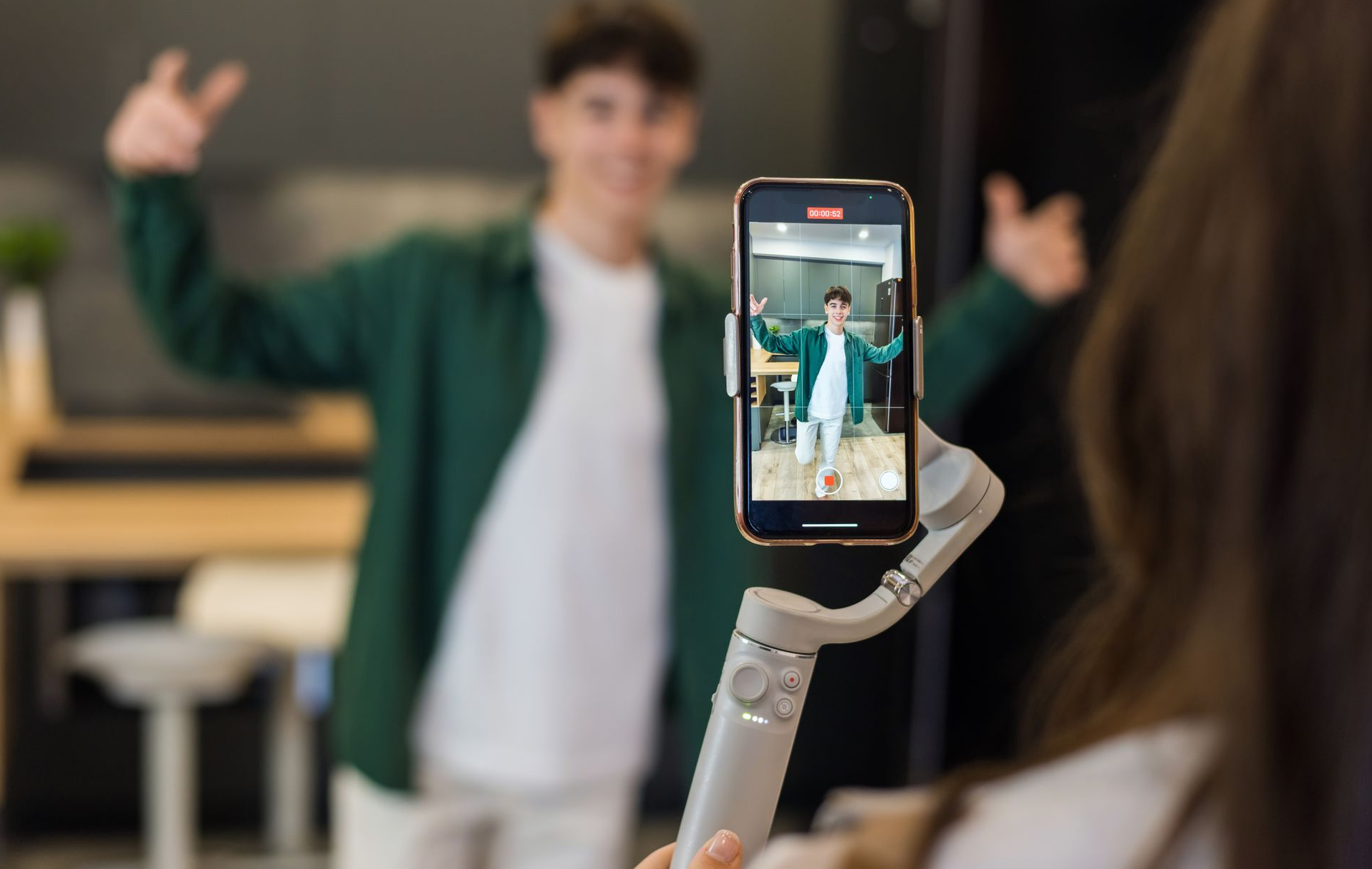How Internal and External Linking Boosts SEO: Insight from a Louisiana SEO Agency
Search engine optimization, or SEO, is essential for bringing organic traffic to your website. While there are many different SEO tactics and strategies, internal and external linking are two key components that have a big impact on how well your website performs in search engine results. Let’s take a closer look at the significance of internal and external linking and how they help your SEO efforts and overall website performance.
The Benefits of Internal Linking for Your Website
Internal linking is the process of connecting two pages of your website. These links create a number of different optimization advantages.
Improve User Experience with Internal Links
Visitors can navigate your website more easily with internal links. Users can click through to find more information on related topics when you provide pertinent internal links in your content.
Distributing Page Authority through Internal Linking
Each page on your website is given a certain level of authority by search engines. You can share this authority and increase the visibility of lower-ranking pages in search results by connecting high-authority pages to others.
Internal Links Enhance Keyword Optimization
Search engines can better interpret the context and relationships between the pages of your website to internal links. You can optimize your content for particular keywords and raise your ranks by employing targeted anchor text, which is the clickable text in links.
Internal Links Can Reduce Bounce Rate
Internal links can prolong a visitor’s stay on your site. This can lower bounce rates and improve the likelihood that each session can develop into a conversion.
The Benefits of External Linking for Your Website
In addition to internal links, external linking refers to links that are made from within your own content to other websites. Although it may appear paradoxical, this is crucial for SEO.
External Links Create Credibility and Trustworthiness
Search engines understand that your material is reliable and well-researched when you connect to authoritative sites. This improves the legitimacy of your site and your search engine rankings.
Relevance and Context Are Improved with External Linking
When you provide your visitors with more context and information by linking to pertinent external sources it raises the quality of your content.
External Links Provide Resourceful Content
Even when the resources are on different websites, external links point viewers to further information on the subject they’re interested in. This demonstrates your commitment to providing your potential clients and customers with useful information.
How Do Internal and External Website Links Work Together?
Achieving the ideal mix between internal and external links is essential for effective SEO. Make sure all of your links—internal or external—are pertinent to the content in which they are embedded. Put the user's experience first by including links that actually benefit the user and make it easier to navigate. Use context-rich, keyword-rich anchor text for both internal and external links to provide search engines with more information.
As search becomes an ever-increasing component of everyday life for consumers across every industry, your ability to be found has never been more important. For over a decade, BlinkJar Media has been helping businesses of all sizes with their content and SEO strategy.









